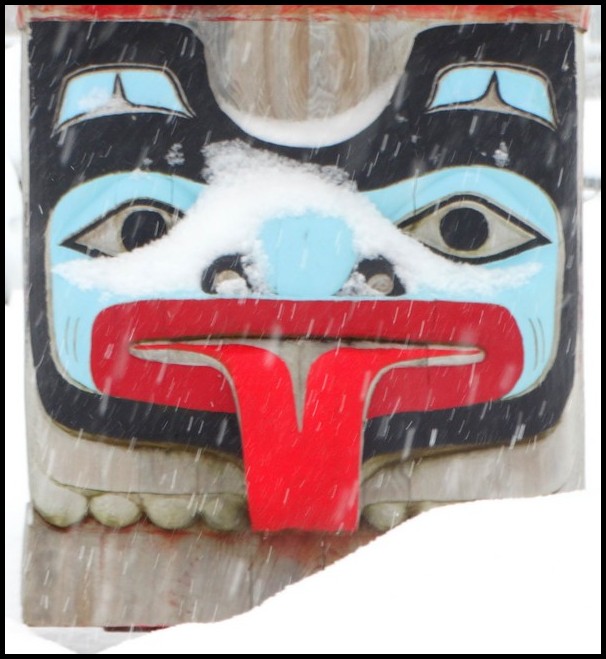
Introduction to Indigenous Alaskan Tribes of Southeast Alaska
Several indigenous tribes have inhabited the region now known at South East Alaska for thousands of years before white man ever visited the area. The most prominent tribe has been Tlingit (pronounced ‘Kling’ ‘kit’), but also Haida, Chilkat and Tsimshian people have traditionally made the area home.
The region, also called the Inside Passage, runs along the Alaskan coast for about 500 miles, north to south. It consists of a narrow coastal strip backed by steep soaring mountains and more than 1000 densely-forested, mountainous islands just offshore that make up Alexander Archipelago.
Running between the coast and islands is a complex system of sea channels, bays, fjords and coves. Hundreds of rivers flow down to the sea from the mountains and run more intensely from snow melt in spring.
The region has a very mild, temperate and moist climate, especially considering how far north it lies. The stunning terrain provides an extremely rich marine and land environment, full of fish, marine and land animals, forests and vegetation, and many materials for building, hunting and fishing tools, clothing and food.
As a result, indigenous tribes flourished in the area. Not only were they well-nourished and healthy, but they had ample time and energy to develop a sophisticated, highly-functioning social system and to create beautiful homes, clothing, arts, tools and functional items. They are particularly renowned for their canoes, canoe paddles, totem poles, wood carvings, woven fabrics, clothing and elaborate costumes.

Tlingit Values
Tlingit people live by four principle values:
1. Protect and Honor the Land
2. Develop and Keep Strength of body, mind and spirit
3. Honor ancestors and future generations
4. Maintain spiritual and social balance & harmony
They have sophisticated philosophies about the Earth, sea and sky; about each season; about each land and sea creature in the region; and about particular natural elements such as the glaciers, trees, rocks, rivers, soil and so on.
For thousands of years they lived an ecologically-sustainable lifestyle while thriving in all aspects of their lives and communities. Nowadays, Tlingits live in modern towns as well as in indigenous villages scattered around the area. Regardless, they still live by the four traditional values and maintain their philosophies and beliefs about nature and the world.
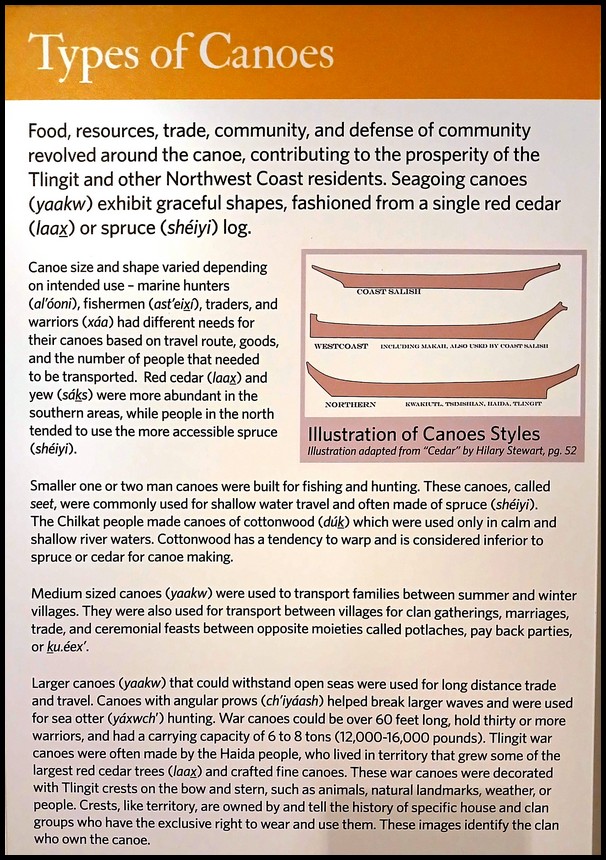
Canoes
Historically, canoes were essential for indigenous peoples’ survival and prosperity. They needed canoes for fishing, hunting marine animals, transporting food and other goods, transportation between villages and islands, trading goods with other tribes and for community protection.
Several distinctive canoe designs are built by Tlingit. The style and size depend on how the canoe will be used as detailed above. Each type of canoe is expertly styled for it intended use.
Indigenous canoes also have artistic designs/carvings that denote the tribe and clan who built and use the canoes. Anyone can readily identify who is paddling the canoe.
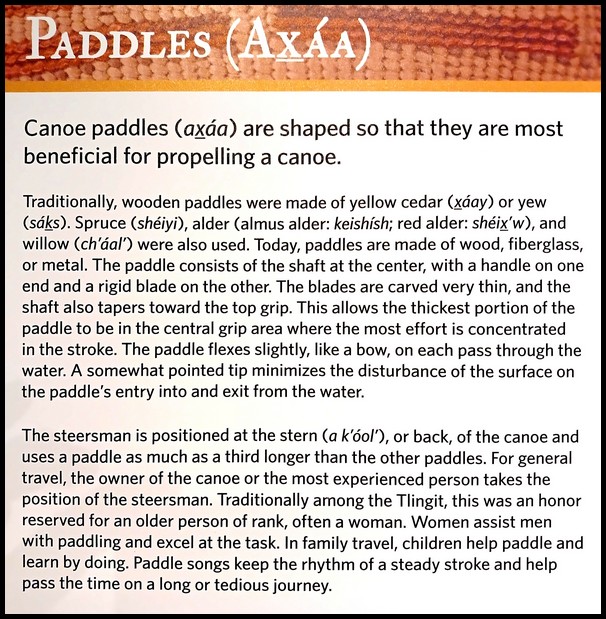
Canoe Paddles
Like canoes, several different shapes of paddles are created, depending on their intended uses. Some paddles have pointed ends, others rounded or squared. Paddles may be shorter or longer, thicker or thinner, all depending on use. Paddles also identify the tribe and clan by their beautifully carved designs and colorations
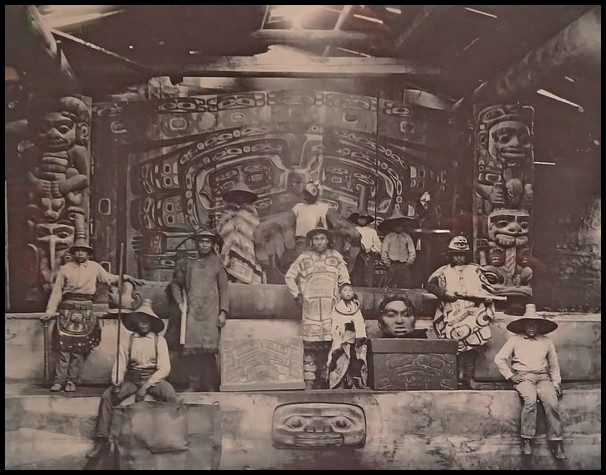
Clan Houses
Tlingit Clan Houses traditionally are built from cedar wood and are huge, sturdy, square structures, with elaborate carvings on the outside to denote the clan and tribe.
Inside, the house is one big room. In the center, dug into the earth, is a fire pit. Overhead in the high roof is an opening to allow smoke to escape. Around the sides are deep platforms used for sleeping and storing goods.
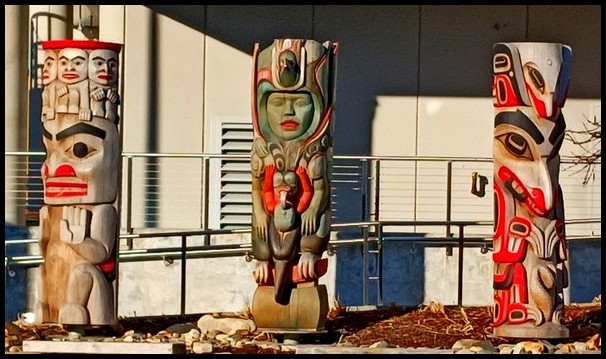
Totem Poles
Each totem pole is created for a particular event or to honor an important person. The animals and figures carved in each totem pole tell the story of the event or person’s life. They also show clearly which tribe and clan within the tribe has created the totem pole.
Tools and implements
Naturally, native peoples had to make all their own bowls, cups, containers, eating utensils, beds, fishing and hunting tools, cooking implements and so on. They made these varied instruments from wood, reeds, stone, metals and ceramics.
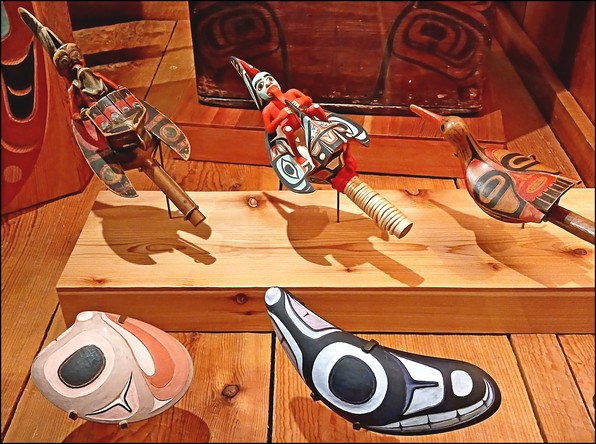
Musical instruments
Indigenous tribes played music for various events, rituals and performances. They made several different instruments including drums, rattles and wind instruments. The instruments were usually beautiful artistic objects.

Clothing
Indigenous tribes in this region made clothes from animal and bird hides as well as beautifully-woven garments.
Body Decorations
Indigenous people in this region traditionally created and worn a diverse range of jewelry, including earrings, bracelets, necklaces and hair ornaments. The beautiful pieces were made of natural materials such as bone, stone, shells, sharks’ teeth, mother-of-pearl, copper, silver, gold, wood, fur and/or hair.
They also did many body piercings, particularly lower lip, nose and various ear piercings.The piercing jewelry was made of the same materials as other jewelry.
Both men and women had tattoos which indicated their rank, wealth and clan. Tattoos were placed on hands, arms, legs and/or chests.
Face painting was also done for protection against sun, mosquitoes and wind. More elaborate face painting was done for ceremonies and included the clan crest.
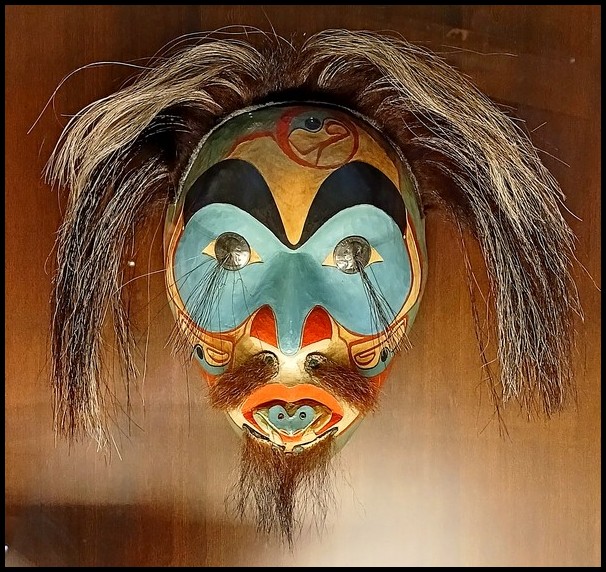
Ceremonial costumes
Tribes celebrated many events and ceremonies throughout the year. For those important events, they created elaborate robes, hats and masks to wear during special dances, rituals and other performances.
======================
You might also enjoy:
Alaska’s Spectacular Inside Passage
13 Intriguing Facts about Alaska
====================









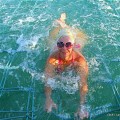
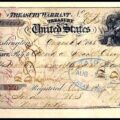

 Hi! I'm Lash, an American nomadic world traveler who's been traveling solo since 1998. I’m passionate about traveling the world nomadically and then sharing it all with you. I hope to inspire you to travel the world, to entertain you with tales from the road, and to help you reach your travel dreams. Welcome!
Hi! I'm Lash, an American nomadic world traveler who's been traveling solo since 1998. I’m passionate about traveling the world nomadically and then sharing it all with you. I hope to inspire you to travel the world, to entertain you with tales from the road, and to help you reach your travel dreams. Welcome! 



